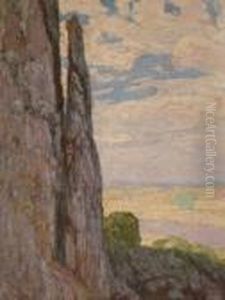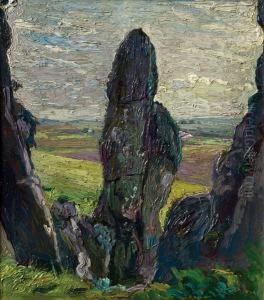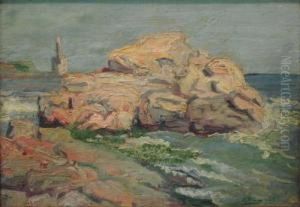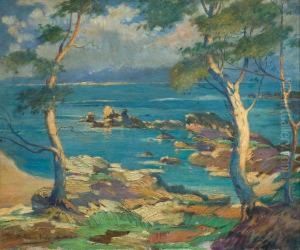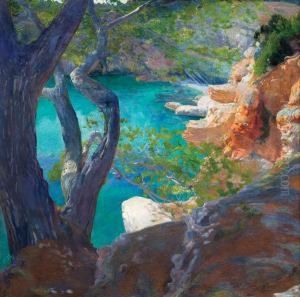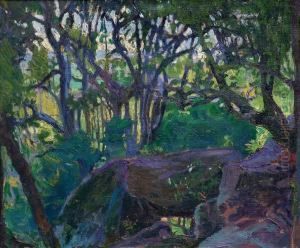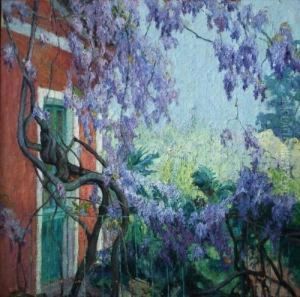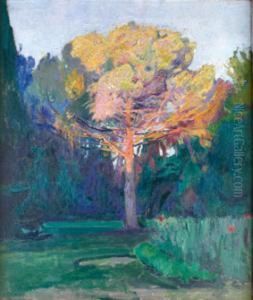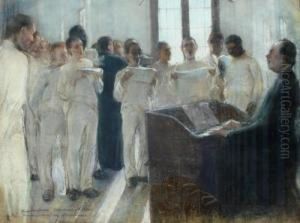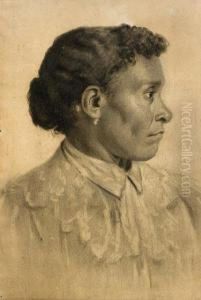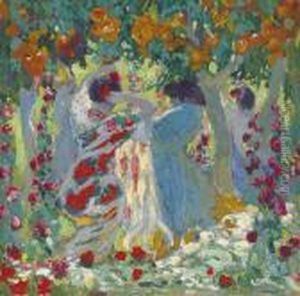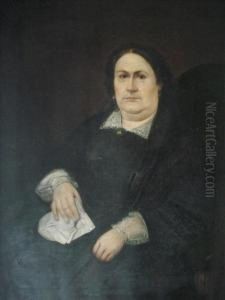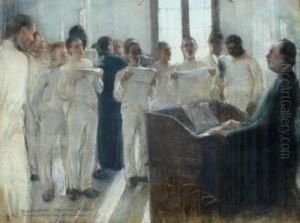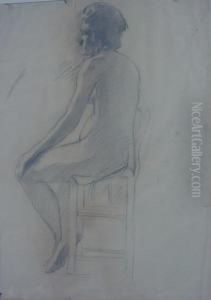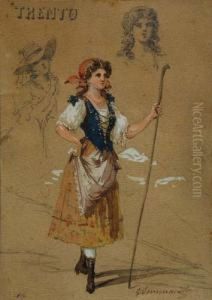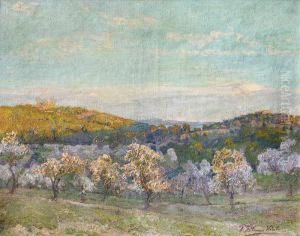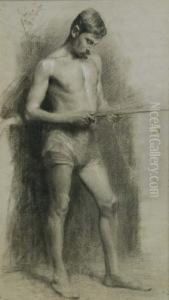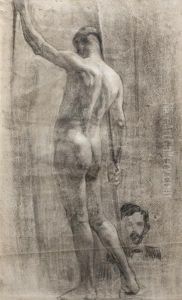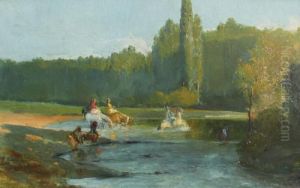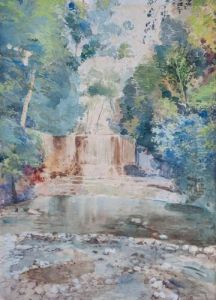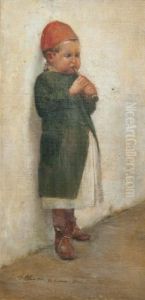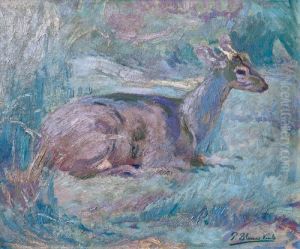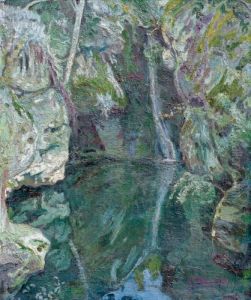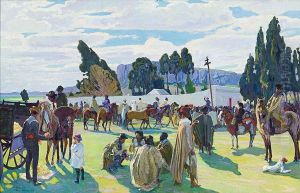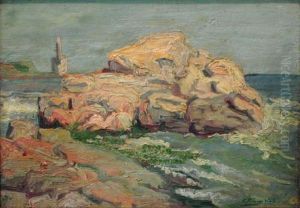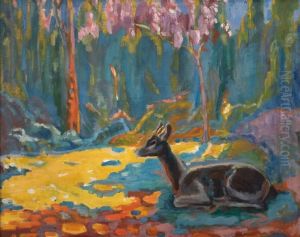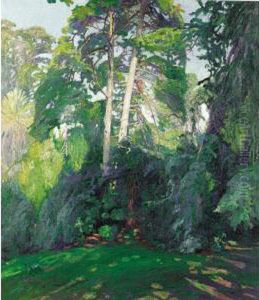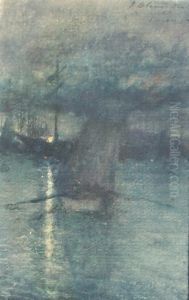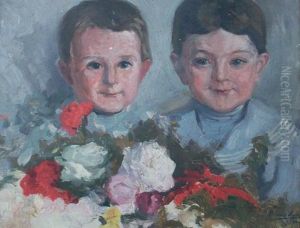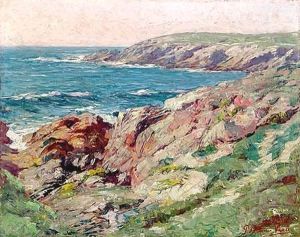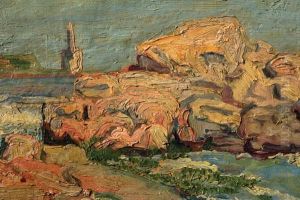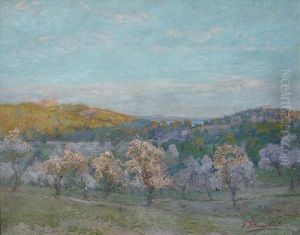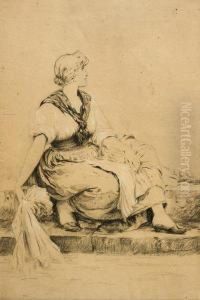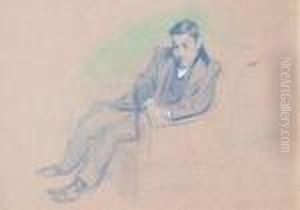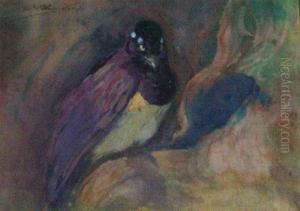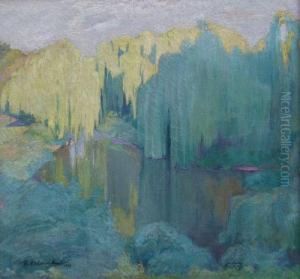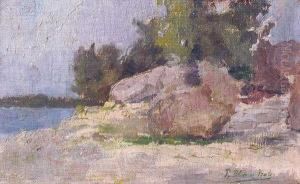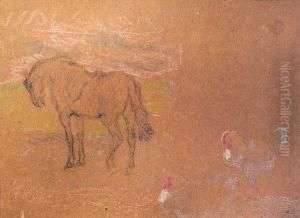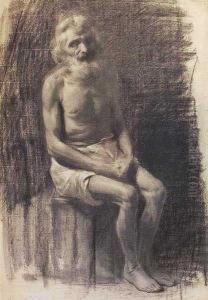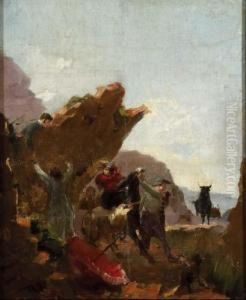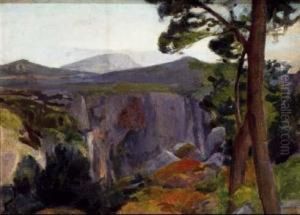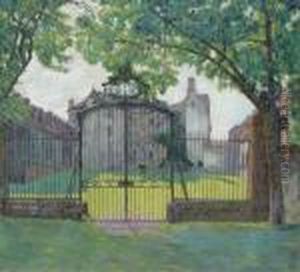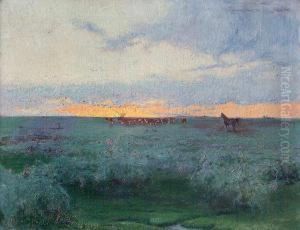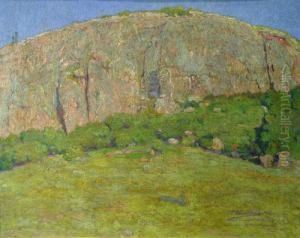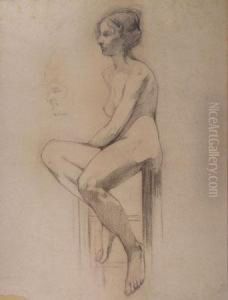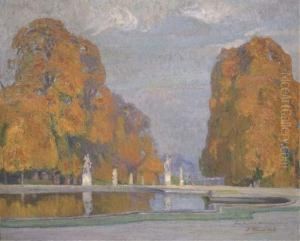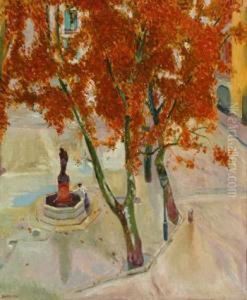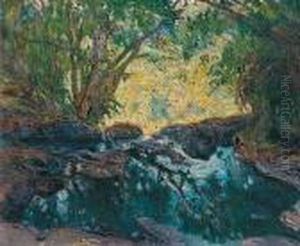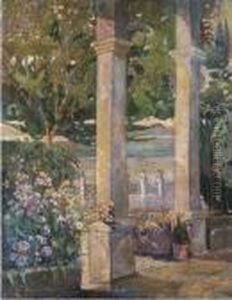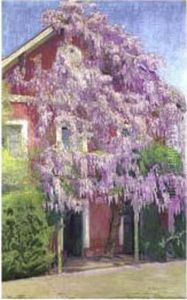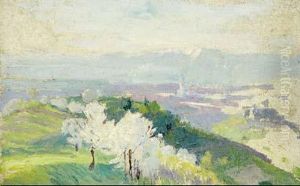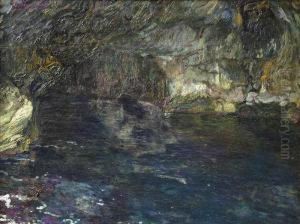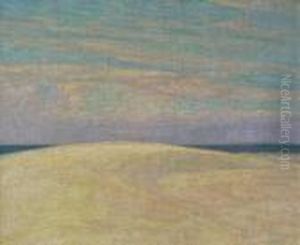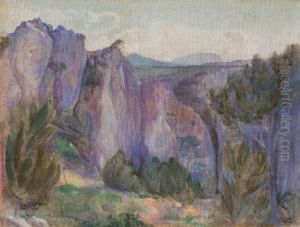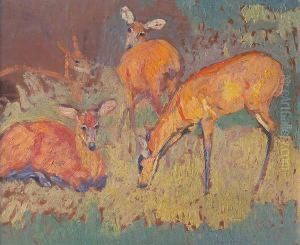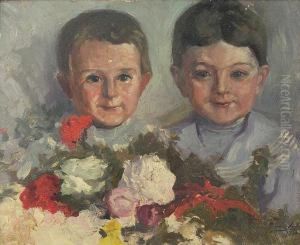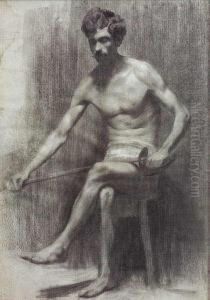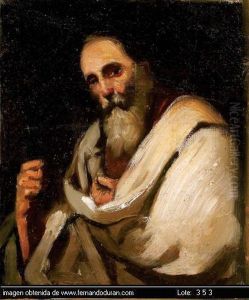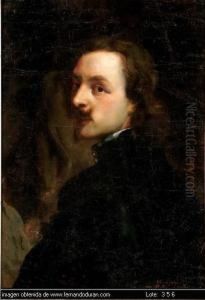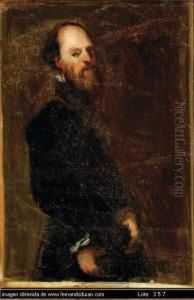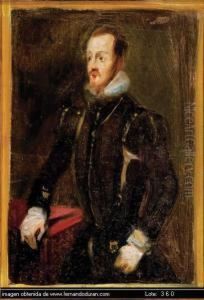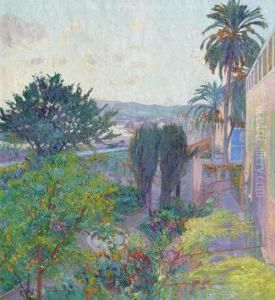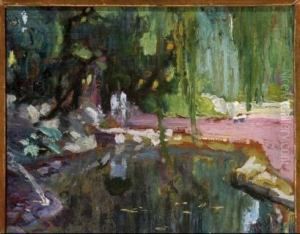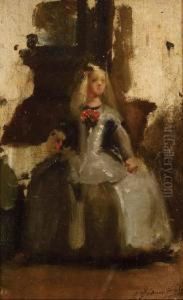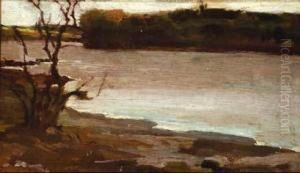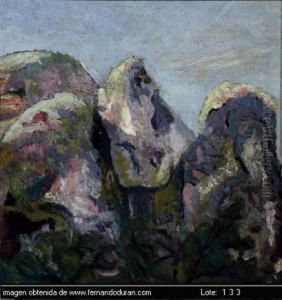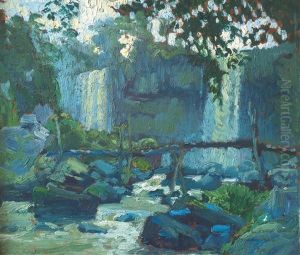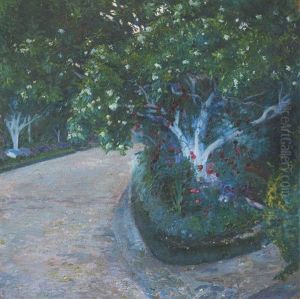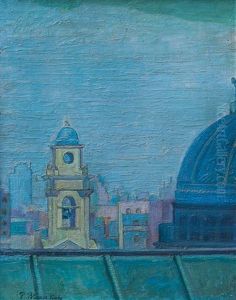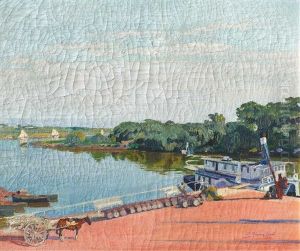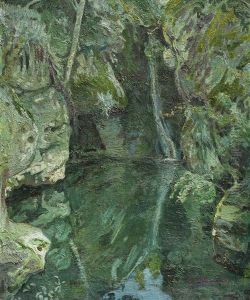Pedro Blanes Viale Paintings
Pedro Blanes Viale was a prominent Uruguayan painter and sculptor, born on June 29, 1878, in Montevideo, Uruguay. He was the son of the renowned artist Juan Manuel Blanes, who is often referred to as the 'father of Uruguayan national painting.' Under the guidance of his father, Pedro developed a profound interest in art from a young age.
Blanes Viale traveled to Europe to further his education in the arts, a common practice for many South American artists seeking to engage with the vibrant art scenes of Paris and Rome. During his time in Europe, he studied at various prestigious institutions and was exposed to a range of artistic movements and styles, which influenced his own work.
His artistic style was diverse, reflecting both classical and contemporary influences. Blanes Viale was particularly known for his landscape paintings, which often depicted the Uruguayan countryside. He had a keen ability to capture the light and atmosphere of the natural settings he portrayed. His works are characterized by a delicate realism and a subtle use of color, capturing the essence of the landscapes and scenes he depicted.
In addition to landscapes, Blanes Viale also painted portraits and historical scenes. His approach to these genres was informed by his classical training, yet he also incorporated modern elements into his work. He was a versatile artist, adept at both oil painting and sculpture, and his works exhibit a high degree of craftsmanship and attention to detail.
Throughout his career, Blanes Viale contributed significantly to the cultural life of Uruguay. He was active in artistic circles and participated in numerous exhibitions, both in Uruguay and abroad. His work was well-received by critics and the public alike, and he garnered several awards for his contributions to art.
Unfortunately, Pedro Blanes Viale's life was cut short when he died on August 15, 1926, at the age of 48. Despite his relatively brief career, he left a lasting legacy in the Uruguayan art world. His works remain an important part of Uruguay's cultural heritage and continue to be celebrated for their beauty and historical significance. They can be found in various museums and collections in Uruguay and are a testament to his skill and dedication as an artist.
